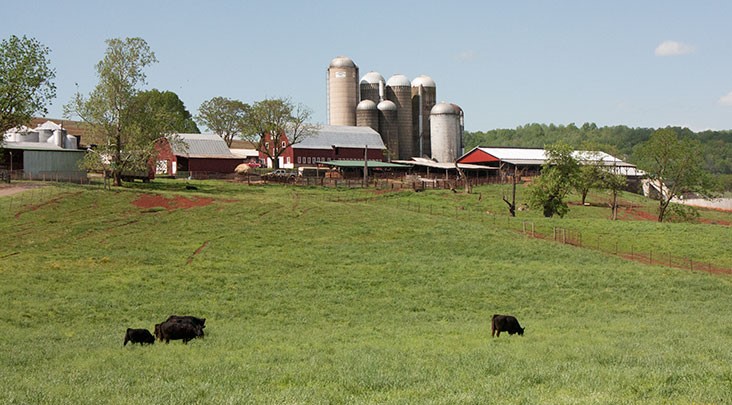
A formal succession plan for family land ownership can secure and sustain prosperity for future generations. This reality has enhanced opportunities for some Virginia farm families, but has hurt others.
A February webinar, organized by the Alliance for the Shenandoah Valley, explored the topics of family land, farming and race. It also addressed Virginia’s recent efforts to slow the loss of family-owned farmland and how to ensure that historically underrepresented groups can continue farming.
Ebonie Alexander, executive director of the Black Family Land Trust, said the 1920s were the height of African American U.S. land ownership, at about 15 million acres. Between then and early 2000, 90%-97% of those land assets were lost due to systemic discriminatory practices. Alexander said that heirs’ property—informal generational property transfers that occur without wills or estate plans—resulted in fractional ownership.
“Heirs’ property is one of the leading causes of land loss in the African American community today,” Alexander explained. She said the loss can be attributed to a lack of access to competent legal services and affordable resources to build solid wills and estate plans.
“Land should be a performing asset for current and future generations,” she said. “A landless people is a powerless people.”
Alexander said heirs’ property is universally problematic and read from a recent report that said only 72% of college-educated white people and 32% of college-educated Black people have wills. Those percentages drop among people with less education.
P. Dianne Martin, Southern Farm Bureau Life Insurance Co. estate planning specialist, said many landowners mistakenly believe “everything will take care of itself” when they die, or feel uneasy revealing details regarding their estates.
“Planning needs to be done and reviewed when laws change and when the dynamics of the family change,” said Martin, who helps farmers connect with attorneys offering reasonable rates. “All parties need to meet face-to-face and discuss the challenges that land ownership brings and make a plan now.”



